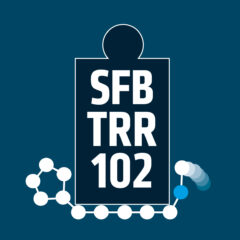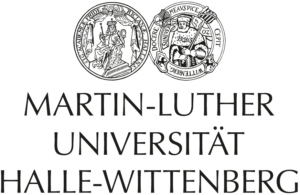Effect of End-Capping Motifs on Conformational Dynamics and Stability of α-Helices
by Stefan Wicht
Recent results revealed that stabilizing or destabilizing the ends of the helix affects helix unfolding but not refolding in the center. Thus, helix stability in the center is changed remote from the region of stabilization or destabilization and this non-local effect was attributed either to an impact on boundary diffusion or boundary diffusion distances. We tested the effect of differently charged capping motifs at the N-cap and C-cap position of helical peptides on boundary diffusion or diffusion distances by triplet-triplet-energy-transfer (TTET). It could be demonstrated that introducing opposite charges at the helix termini leads to a global stabilization of the helix, whereas introducing similar charges at the helix termini lead to a global destabilization. This stability effect is in accordance with the helix macro-dipole. However, our results showed that capping motifs do not lead to a change in the diffusion coefficient for boundary diffusion which indicates that longer or shorter diffusion distances are the origin of this stability effect. Temperature dependence measurements revealed that the activation energy of boundary diffusion is also not affected by capping motifs, which was reproduced by calculations using the Lifson-Roig theory for helix-coil transition. These results suggest that capping motifs simply elongate helices by hydrogen bonding of additional residues.
and
Monte Carlo Simulations of Thiophene and Polythiophene Chains of Various Lengths in Vacuum and in Contact with Substrates
by Momchil Ivanov
Thiophene and polythiophenes are a subject of study in the SFB. Poly(3-hexylthiophene-2,5-diyl) or P3HT in particular is a polymer used in organic photovoltaics, therefore, a large amount of experimental data for it exists. Some theoretical models of this particular polymer that exist in the literature as well. I will give a brief introduction into the method of Monte Carlo sampling as a method of simulating the existing models and will present results on simulations of thiophene and P3HT in vacuum as well as in the presence of a substrate.
Location: UL, Linnéstr. 5, SR 218
Time: 3.30pm-5.00pm




